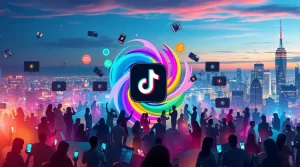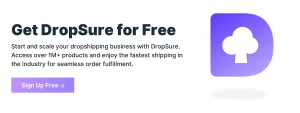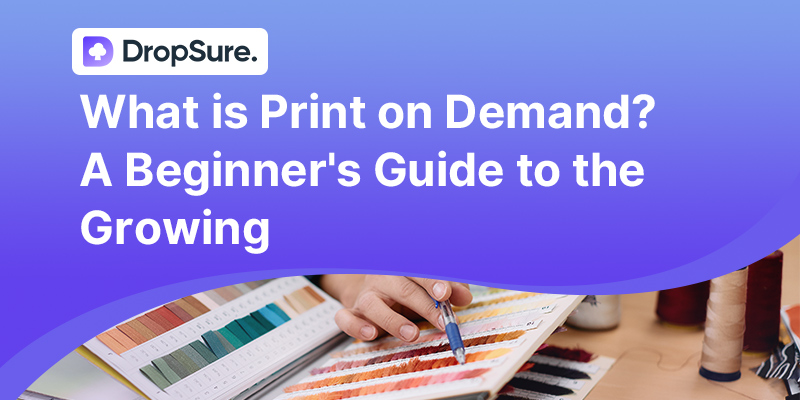
TikTok has become a huge part of daily life in the US, with 170 million users there engaging with the app every day. It’s not just a short-video platform either – it’s also a way for Americans to entertain themselves, share ideas and even start businesses.
But its future in the US is looking uncertain. If ByteDance, the company that owns it, doesn’t sell the platform by 19 January, it might be banned across the country. The Supreme Court is currently in the middle of a big debate about this, and if it goes against TikTok, millions of people who use it might be really affected. Could this be the start of the end for the short-video giant in the U.S.?
The controversial focus of the TikTok ban
The US government is worried about TikTok’s parent company, ByteDance, because of its links to the Chinese government, which they say could be a threat to national security.They’ve given TikTok until 19 January to complete the sale or face a ban in the US.TikTok says its data is stored in the US and Singapore and they haven’t done anything wrong.The debate has also touched on freedom of speech, with TikTok’s lawyers saying that banning the app would stop 170 million U.S. users from speaking out, while supporters argue that restricting some of those rights is necessary to protect the national interest.
Potential impact on creators and businesses
If the ban goes ahead, it’ll be a big deal for politics and the economy, hitting millions of creators and businesses.Lots of content creators rely on TikTok to make money, while SMEs and cross-border e-commerce companies will lose a great marketing platform.They’ll have to find new ways to promote themselves, like Instagram Reels or YouTube Shorts, to keep their businesses growing. We’ll know the final outcome of this decision in the coming weeks, and individuals and businesses need to plan their response strategies in advance to proactively adapt to the upcoming changes.
TikTok has totally transformed marketing. Its algorithms are spot on, and the way it distributes content is pretty impressive. It can delve deep into user interests and hand-pick content that’s just right for the right audience, making it a great way for businesses to get loads of traffic really quickly. It’s a total game-changer, especially for small and medium-sized businesses, and those doing cross-border e-commerce. It’s not just cheap, it also gets you the right customers super-fast.

But a lot of businesses might be surprised by the TikTok ban. If this key marketing platform is no longer available, businesses will have to look for alternatives, like Instagram Reels or YouTube Shorts. These platforms also offer short-form video services, but their advertising ecosystems and user behavioural habits are different to TikTok’s, so businesses will need to put more effort into adapting their content strategies. Also, these platforms cost more to advertise on, and there’s a lot of competition, so SMEs might struggle to get the same return on investment as they would on TikTok.
The road ahead: what creators and businesses can do about it
Despite the growing uncertainty about TikTok’s future, there is nothing more important for creators and businesses than remaining flexible and planning ahead. Whether it’s individual creators relying on the platform for financial income or small and medium-sized businesses using short videos for precision marketing, there are several areas that need to be prepared in the face of rapidly changing policy and market conditions:
Decentralize platform dependence
Many creators and enterprises may have previously invested most of their efforts in TikTok, but with the ban fiasco advancing, it has become a necessary choice to gradually try other short video platforms (e.g. Instagram Reels, YouTube Shorts) or graphic platforms (e.g. Instagram, Pinterest). This diversified layout can not only diversify the policy risk, but also help to develop new user groups, to prevent a single platform to “throw away”.

Enhance the competitiveness of content
No matter the platform, good content is always the key to getting people to watch and keeping them hooked. Creators need to combine their own style with what the audience wants and always be coming up with new ideas. At the same time, companies can use short videos to deliver information in a more exciting way and make people more likely to buy their products by showing off their brand culture and product values.
Strengthening Data Protection and Compliance
The core issue behind the TikTok ban revolves around data security and privacy. For all stakeholders, understanding and adhering to privacy regulations like GDPR and CCPA is no longer optional—it’s essential. Proactively investing in data security and maintaining compliance not only minimizes legal risks but also builds greater trust with users.
Building Private Traffic and Communities
With growing uncertainty around policy changes, relying solely on public platforms for traffic is becoming increasingly unstable. By creating independent websites, utilizing email marketing, and fostering private communities, creators and businesses can establish a more secure and loyal user base. Even if external platforms face disruptions, these private channels ensure continued engagement with fans and customers.

I totally get how confusing all of this TikTok stuff can be – it’s a bit like a maze! While it’s doing great in Europe and Southeast Asia, there’s a chance that a ban in the U.S. might throw a wobbly for everyone. Creators, businesses, and competitors might need to get their ducks in a row and rethink their strategies, you know how it is! If you’re a content creator building your personal brand or a business using TikTok’s amazing marketing power, now’s the time to stay flexible, explore alternatives, and prepare for changes.
So, what’s next for TikTok? Will it get past these problems and carry on ruling the roost, or will its rivals take the chance to get ahead? One thing’s for sure, though: this short-video giant has totally changed the way we connect, entertain, and grow online.Keep your eyes peeled, because the future of TikTok—and maybe even the future of social media itself—is right around the corner.

 10 min read
10 min read




